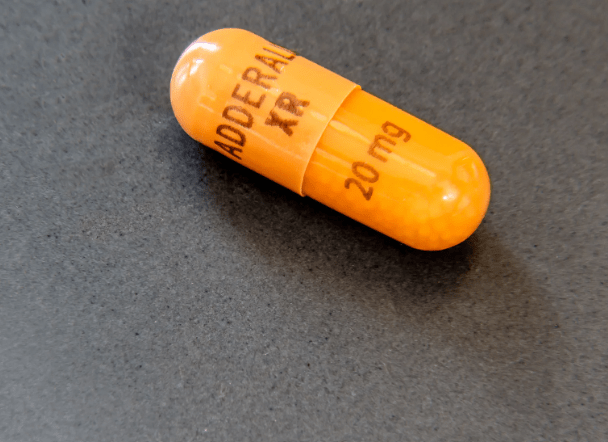Adderall is a crucial medication for many individuals managing attention deficit hyperactivity disorder (ADHD) and narcolepsy. Unfortunately, recent reports indicate a significant shortage of this essential drug, causing stress and disruption for those who rely on it daily. To understand the factors contributing to this shortage, we need to examine various elements, including manufacturing challenges, regulatory issues, and market dynamics.

The Importance of Adderall
Adderall is a prescription stimulant composed of amphetamine salts, primarily used to treat ADHD and narcolepsy. For individuals with ADHD, Adderall helps improve focus, attention, and impulse control, significantly enhancing their quality of life. Similarly, for those with narcolepsy, it aids in managing excessive daytime sleepiness. The medication’s effectiveness makes it a critical part of many patients’ daily routines, and any disruption in supply can lead to serious consequences, including difficulties in managing symptoms and maintaining daily responsibilities.
Manufacturing and Supply Chain Challenges
One of the primary reasons behind the current Adderall shortage is related to manufacturing and supply chain challenges. Producing Adderall involves a complex process that requires strict adherence to quality control and regulatory standards. Any disruptions in the supply chain, such as shortages of raw materials or issues with manufacturing facilities, can lead to delays in production. Additionally, unexpected shutdowns or slowdowns in manufacturing plants due to technical issues or quality control failures can further exacerbate the shortage.
Regulatory Constraints
Regulatory constraints also play a significant role in the Adderall shortage. Adderall falls under Schedule II controlled substances due to having a large potential for abuse and addiction, its production and distribution are highly regulated. The U.S. Drug Enforcement Administration (DEA) sets annual production quotas for the active ingredients in Adderall to prevent misuse and diversion. While these quotas are necessary for public safety, they can also limit the amount of Adderall available on the market. If demand exceeds these quotas, it can result in shortages, leaving patients without access to their medication.
Increased Demand for ADHD Medications
In recent years, there has been a noticeable increase in the number of ADHD diagnoses, particularly among adults. This rise in diagnoses has led to a higher demand for ADHD medications, including Adderall. During the COVID-19 pandemic, the shift to remote work and schooling highlighted ADHD symptoms for many individuals, prompting them to seek medical help and subsequently increasing the demand for Adderall. The surge in demand, combined with existing supply chain and regulatory issues, has contributed significantly to the current shortage.
Impact of Telehealth Services
The expansion of telehealth services has also influenced the demand for Adderall. Telehealth has made it easier for patients to access healthcare services, including consultations for ADHD. With the convenience of virtual appointments, more individuals have sought treatment for ADHD, leading to an increase in prescriptions for Adderall. While telehealth has improved access to care, it has also added pressure on the already strained supply of Adderall, further contributing to the shortage.
Market Dynamics and Pharmaceutical Competition
Market dynamics and pharmaceutical competition can also impact the availability of Adderall. The pharmaceutical industry is highly competitive, and companies may prioritize the production of more profitable medications. Additionally, if a major manufacturer of Adderall faces production issues, it can create a ripple effect throughout the market, as other companies may not be able to ramp up production quickly enough to meet the demand. Mergers, acquisitions, and changes in company strategies can also influence the availability of specific drugs like Adderall.
Navigating the Shortage
For patients affected by the Adderall shortage, it is essential to communicate with healthcare providers about potential alternatives. Doctors may suggest other medications or treatment strategies to manage ADHD or narcolepsy symptoms during this period. Pharmacies might also offer generic versions of Adderall, which can be an effective substitute. Staying informed about the shortage and maintaining open communication with healthcare professionals can help mitigate the impact on daily life.
Conclusion
The current Adderall shortage is the result of a combination of manufacturing challenges, regulatory constraints, increased demand, the influence of telehealth services, and market dynamics. Understanding these factors can help patients and their families navigate the shortage more effectively. By working closely with healthcare providers and staying informed about developments in the supply of Adderall, individuals can find alternative solutions to manage their conditions and maintain their quality of life.



